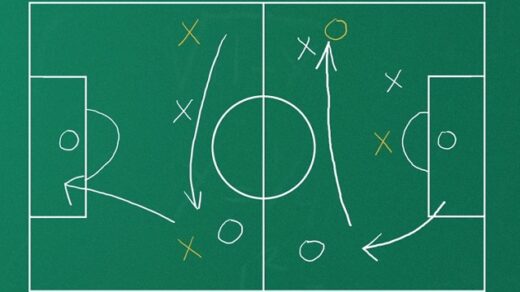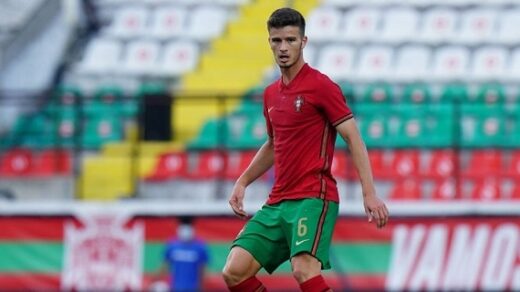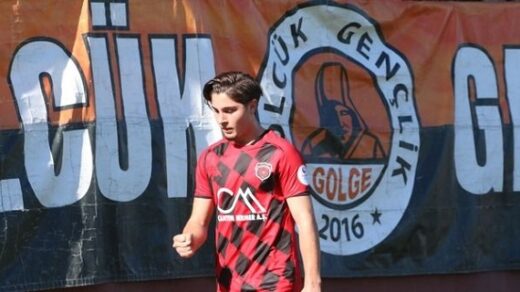Gegenpressing is one of the important tactical trials for the football world. Football was formed due to the rapid development and tactical developments in the field in the 20th century.
There are many different tactical philosophies in football and they are constantly evolving as coaches are forced to innovate to solve a conundrum on the pitch. One term you’ve probably heard used is “gegenpressing.” It has been an essential element of the tactical plans of some top European teams in recent years. But what does this mean?
What is Gegenpressing?
The term “gegenpressing” comes from the German for “counter-pressing”. In essence, this means winning the ball back from the opponent immediately after losing it, preferably in the attacking areas of the pitch. The basic idea behind Jurgen Klopp’s philosophy was to get the ball back as soon as possible after his team got the ball. “The best moment to win the ball is right after your team loses the ball”.
Where Does the Term “Gegenpressing” Come From?
Its importance grew from the 1960s onwards, when the likes of Viktor Maslov, Ernst Happel, Rinus Michels, Valeriy Lobanovskyi and Arrigo Sacchi all adopted aggressive pressure on their teams.
More specifically, counter-press is a translation of the German word ‘gegenpress’. Many German coaches, including Wolfgang Frank, Ralf Rangnick, Jürgen Klopp, Thomas Tuchel, and Julian Nagelsmann, have developed and used this strategy at various clubs.
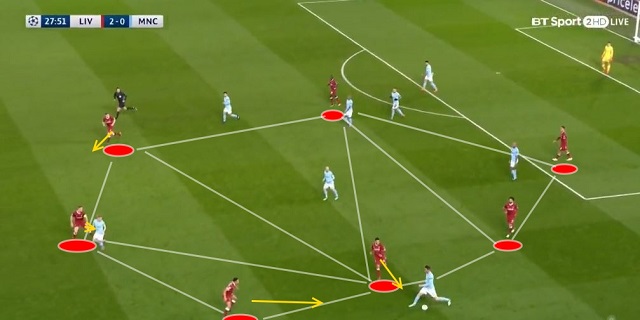
How Does Gegenpressing Work?
The essence of the philosophy is that teams not only put pressure on their opponents but do so with particular focus and enthusiasm when the ball is on the opponent’s court; in fact, it is intended to quickly prevent the opposing team from making play and to catch the ball. The striker line needs a lot of running as the offensive players are instructed to quickly close the opposing defenders to force a mistake when the opponent makes an attempt to send the ball from the defender.
Klopp explains: “Gegenpressing allows you to get the ball back closer to the goal. Just one pass away from a really good opportunity. No point guard in the world can be as good as a good gegenpress situation and that’s why it’s so important.”
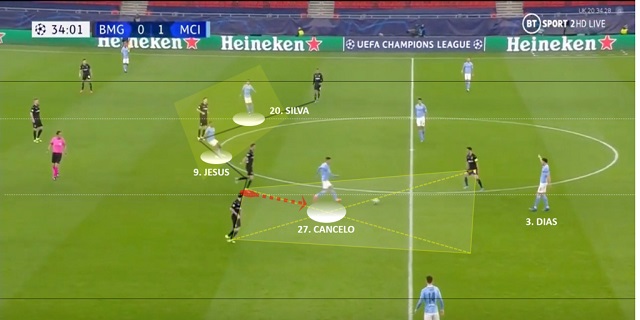
Which are the Best Teams and Managers in Gegenpressing?
Jürgen Klopp – He used aggressive counterpressure with great success at Borussia Dortmund. This was done up the court in most local matches and in the middle third of the field against stronger sides in European competition. More recently, the Liverpool side has come to be known for putting suffocating counterpressure all over the pitch. But over time, they came under less counter pressure and became a different side.
Pep Guardiola – He combined aggressive counterpressure with possession-based play. The use of fullbacks, false nines, and reverse wingers moving in-court means their team has counterpressure from central positions after a defensive pass. While focusing on interventions and protecting areas in Barcelona, he preferred to defend man-to-man with the Bayern Munich team. With Manchester City, meanwhile, there was an impressive mix of the two.
Ralph Hasenhütl – With both RB Leipzig and Southampton, Hasenhüttl’s counterpressure in midfield proved a fruitful way of creating opportunities for his side through counterattacks. From a compact 4-4-2 shape, its players fill the area around the ball, limiting the opponent’s chances of playing smoothly. As the teams then expanded the game further to avoid pressure, Hasenhüttl’s team opened up the opportunity to find more free space that they could take advantage of should they regain control of the game.

